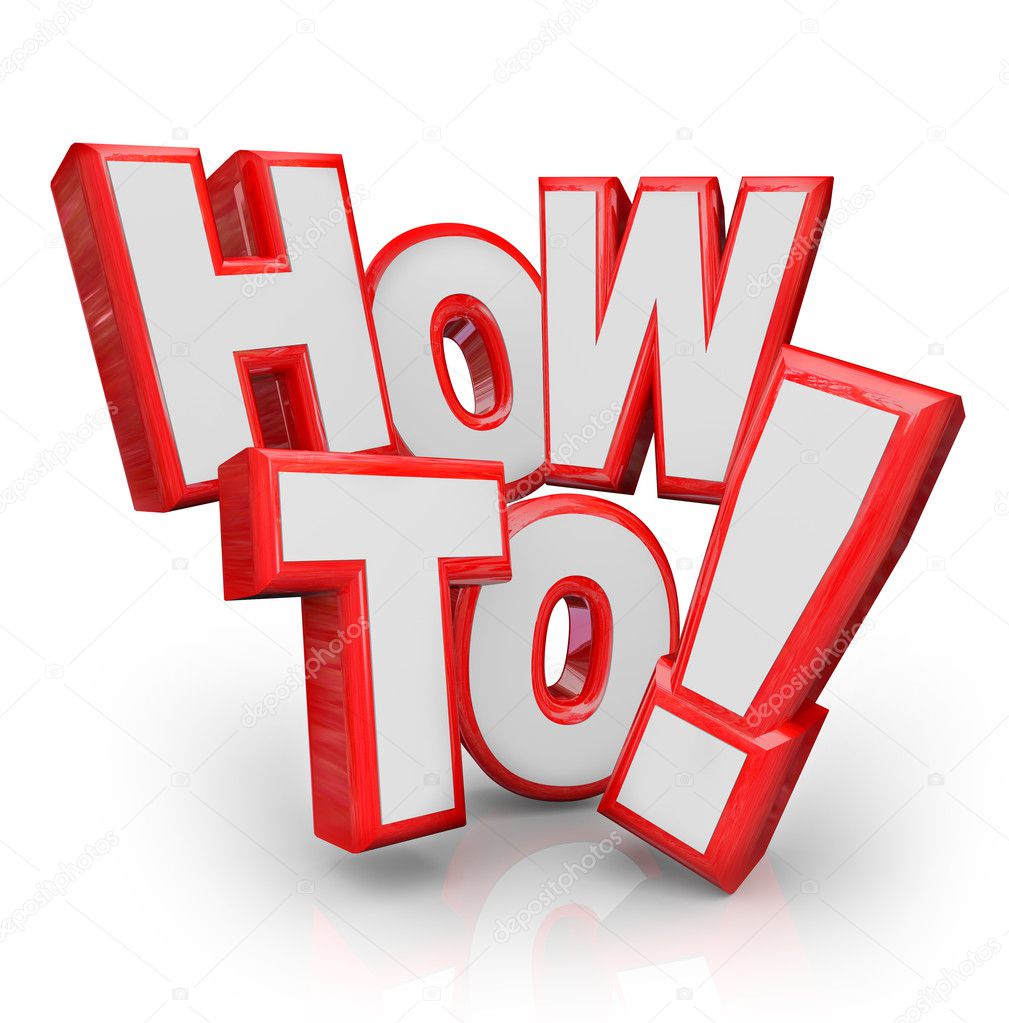How to Create a Manga Book: A Step-by-Step Guide
Creating a manga book is a challenging but rewarding process. It requires dedication, artistic skill, and storytelling ability. This guide outlines the essential steps involved in bringing your manga vision to life.
1. Develop Your Manga Concept
Begin by brainstorming ideas. Consider the genre you want to work in. Shonen (aimed at young boys), shojo (aimed at young girls), seinen (aimed at young men), and josei (aimed at young women) are common categories. Think about what kind of story you want to tell – fantasy, science fiction, romance, comedy, or a blend of genres.
Create a detailed synopsis of your story. Include the beginning, middle, and end. Develop your main characters. Consider their personalities, backstories, and motivations. Give them strengths and weaknesses.
Outline your plot points. Plan each chapter. Know what will happen and how it will contribute to the overall narrative. This will help you avoid plot holes and keep your story engaging. Consider making a mind map of the core themes. This will act as a central reference point.
2. Character Design and World-Building
Design your characters. Sketch their appearance from different angles. Develop a consistent art style for each character. Consider their outfits and how they reflect their personality.
Create character sheets. Include details about their appearance, personality, history, and relationships. This will help you keep your characters consistent throughout the story. Don't underestimate the importance of this stage.
World-building is important, especially for fantasy or science fiction manga. Design the world your story takes place in. Consider the geography, culture, history, and technology. Develop maps and timelines. This will add depth and realism to your story. If your manga is set in the real world, thorough research is key to adding authenticity.
3. Scriptwriting and Storyboarding
Write a detailed script for each chapter. Include dialogue, action descriptions, and panel descriptions. Visualize each scene in your mind. Plan the pacing. Consider where to add dramatic moments or comedic relief.
Create storyboards for each chapter. Sketch out each panel. Arrange them on the page. Think about the composition, perspective, and flow of the panels. Add dialogue balloons and sound effects.
The storyboard is a visual blueprint for your manga. It helps you to refine the pacing and composition before you start drawing the final artwork. Revising your storyboard is much easier than redoing finished pages.
4. Drawing the Manga Pages
Gather your drawing tools. You will need pencils, erasers, rulers, inking pens, and paper or a digital drawing tablet. Create the panel borders using a ruler and pencil. Sketch the artwork within each panel. Use light pencil lines at first. Refine the details as you go. Once you are satisfied with the sketch, ink the artwork using inking pens.
Add details such as shadows, highlights, and textures. Consider the lighting in each scene. Use cross-hatching or stippling to create shading. Add speed lines or motion blurs to enhance the action. Remember to create the speech bubbles or narrative boxes to add text within your art.
Erase the pencil lines once the ink is dry. Scan your pages if you are working traditionally. Alternatively, you may want to work digitally. Programs like Clip Studio Paint are popular choices for manga artists.
5. Adding Dialogue and Sound Effects
Add dialogue and sound effects to your pages. Use different fonts and sizes to convey emotions. Position the dialogue balloons carefully. Make sure they do not obscure the artwork. Use onomatopoeia to create sound effects. "Bang!", "Swoosh!", and "Thump!" are examples of common manga sound effects.
Proofread your dialogue carefully. Correct any spelling or grammar errors. Ask someone else to proofread your script. A fresh pair of eyes can catch mistakes you may have missed. Pay special attention to the nuances in the characters’ tone and expressions.
6. Editing and Formatting
Review your finished pages. Make sure the artwork is clean. Ensure that the dialogue is legible. Check for any inconsistencies or errors. Correct any mistakes before proceeding to the next step.
Format your pages for printing or digital distribution. Resize the images if necessary. Crop any excess space around the borders. Arrange the pages in the correct order. Number the pages. Consider the layout of the book. Add front and back matter. A table of contents and character introductions can enhance the reader experience.
7. Publishing Your Manga
Decide how you want to publish your manga. You can self-publish through online platforms. Amazon Kindle Direct Publishing is a popular option. You can also submit your work to manga publishers. Research different publishers and their submission guidelines.
Creating a digital version of your manga allows you to reach a wider audience. Platforms like ComiXology and GlobalComix offer options for digital manga distribution.
Consider attending comic conventions. Network with other artists and publishers. Showcase your work. Get feedback from readers. This is a great way to build your fanbase and gain exposure. Always research the legal and copyright aspects of your manga before publishing. Protect your intellectual property.
8. Promoting Your Manga
Promote your manga online. Create a website or blog. Share your artwork and updates on social media. Engage with your fans. Create a mailing list to keep your readers informed. Participate in online forums and communities.
Consider creating merchandise related to your manga. T-shirts, posters, and keychains can generate additional revenue. Offer exclusive content to your subscribers. This can be in the form of bonus chapters or behind-the-scenes artwork.
Word-of-mouth is powerful. Encourage your readers to share your manga with their friends. Reviews and ratings can also influence potential readers. Building a strong community around your manga is crucial for long-term success. Engage with your readers and respond to their feedback.
Creating a manga book is a long journey. It requires passion, persistence, and a willingness to learn. Embrace the challenges. Enjoy the creative process. Never stop improving your skills. With dedication and hard work, you can bring your manga dreams to life.












